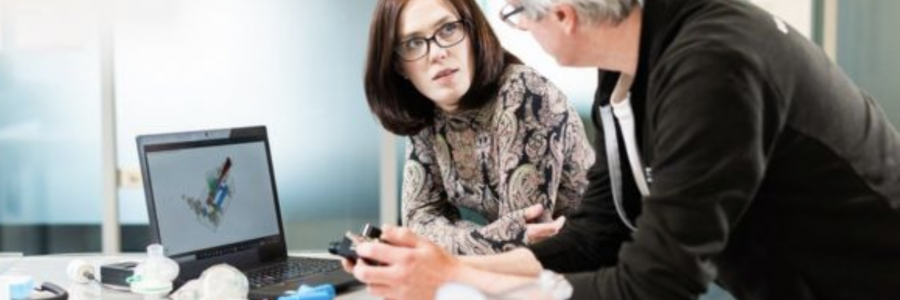
Mercedes F1 team to make CPAP, a breathing aid without ventilator

Forty of the new devices have been delivered to ULCH and to three other London hospitals, as it goes on trials. If the trials go well 1000 of the CPAP machines can be produced per day by Mercedes-AMG-HPP beginning in a week’s time.
The Medicines and Healthcare products Regulatory Agency (MHRA) has already given the approval for their use.
University College London engineers worked with clinicians at UCLH and Mercedes Formula One to build a device which delivers oxygen to the lungs without needing a ventilator.
Professor Rebecca Shipley, Director of UCL Institute of Healthcare Engineering said “normally medical device development would take years but we’ve done that in days because we went back to a simple existing device and “reverse engineered” it in order to be able to produce them quickly and at scale”.
As part of reverse engineering they took apart an existing off-patent CPAP device, copies and improved the design and adapted it for mass production.
According to Mervyn Singer “These devices are a halfway house between a simple oxygen mask and invasive medical ventilation which requires patients to be sedated. They will help to save lives by ensuring that ventilators, a limited resource are used only for the most severely ill.”
Continuous Positive Airway Pressure (CPAP) devices are already used in hospitals but are in short supply.
China and Italy have already used them to help Covid-19 patients.
In Lombardy Italy 50 per cent of patients given CPAP have avoided the need for invasive medical ventilation.
The CPAP pushes a steady flow of air-oxygen mix into the mouth and nose of patients, delivering air and oxygen under pressure, which means the lungs remain open and so it increases the amount of oxygen entering them.
This reduces the effort needed to breathe in, especially when the alveoli – the air sacs in the lungs – have collapsed as a result of COVID-18.
Unlike a simple face mask linked to oxygen supply, CPAP delivers air and oxygen under pressure, so there needs to be a mask creating a tight seal on the patient’s face, over their mouth and nose or a transparent hood over their head.
This is less invasive than a ventilator, for which patients have to be heavily sedated and have a tube inserted into their airway.
